Since 2005 / One stop supplier

Fiberglass Roof Panels: A Light and Durable Solution for Your Roofing NeedsFiberglass roof panels, also known as skylight roofing panels, are thin, lightweight,
Customized service:
Thickness
Color
Size
Punch Hole
To Cut
Fiberglass roof panels, also known as skylight roofing panels, are thin, lightweight, translucent panels that are installed on a roof primarily to allow more light into the structure. Fiberglass roof panels, or FRP, are made of strong polyester resin reinforced with fiberglass. They are available in various shapes, sizes, colors, and profiles to suit different roofing styles and applications.
Fiberglass roof panels offer many advantages over other roofing materials, such as:
Light transmission: Fiberglass roof panels allow natural light to enter the building, reducing the need for artificial lighting and saving energy costs. They also create a pleasant and comfortable indoor environment for the occupants.
Durability: Fiberglass roof panels are resistant to corrosion, rust, rot, mold, mildew, and insects. They can withstand harsh weather conditions, such as hail, snow, wind, and UV rays. They also have a high impact strength and do not dent or crack easily.
Fire safety: Fiberglass roof panels are non-combustible and self-extinguishing. They do not support flame spread or smoke generation in case of fire. They also meet various fire codes and standards for roofing materials.
Easy installation: Fiberglass roof panels are lightweight and easy to handle and transport. They can be cut and drilled with simple tools and fastened with screws or nails. They can also be installed over existing roofs or structures without requiring additional framing or support.
Low maintenance: Fiberglass roof panels require minimal maintenance and cleaning. They do not fade, peel, or warp over time. They also do not need painting or coating to maintain their appearance and performance.
Specifications of Fiberglass Roof Panels
Fiberglass roof panels come in different specifications depending on the manufacturer, model, and application. Some of the common specifications are:
Thickness: The thickness of fiberglass roof panels ranges from 0.8 mm to 3 mm, depending on the profile and strength required.
Width: The width of fiberglass roof panels varies from 600 mm to 1200 mm, depending on the profile and design.
Length: The length of fiberglass roof panels can be customized according to the customer’s needs. The standard lengths are 2 m, 2.5 m, 3 m, 4 m, 5 m, 6 m, etc.
Color: The color of fiberglass roof panels can be clear, white, green, blue, yellow, red, or any other color as per the customer’s preference. The color can also be matched to the existing roof color or building style.
Profile: The profile of fiberglass roof panels refers to the shape and pattern of the panel surface. The common profiles are corrugated, trapezoidal, ribbed, flat, etc.
The following table shows an example of the specifications of a corrugated fiberglass roof panel:
| Specification | Value |
| Thickness | 1 mm |
| Width | 900 mm |
| Length | 3 m |
| Color | Clear |
| Profile | Corrugated |
| Weight | 1.8 kg/m2 |
| Light transmission | 85% |
| Thermal conductivity | 0.18 W/mK |
| Tensile strength | 110 MPa |
| Flexural strength | 180 MPa |
| Impact strength | 16 kJ/m2 |
How to Choose Fiberglass Roof Panels
When choosing fiberglass roof panels for your project, you should consider the following factors:
Purpose: You should determine the purpose and function of the fiberglass roof panels. For example, if you want to increase the natural light in your building, you should choose clear or light-colored panels with a high light transmission rate. If you want to reduce the heat gain in your building, you should choose white or reflective panels with a low thermal conductivity rate.
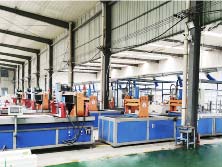
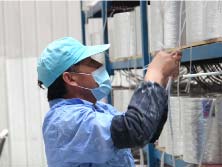

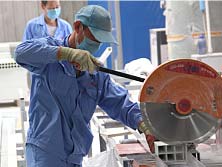
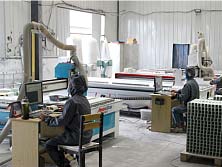
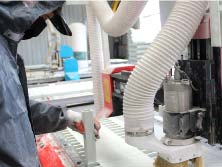

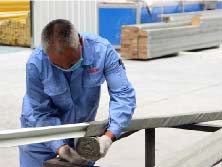
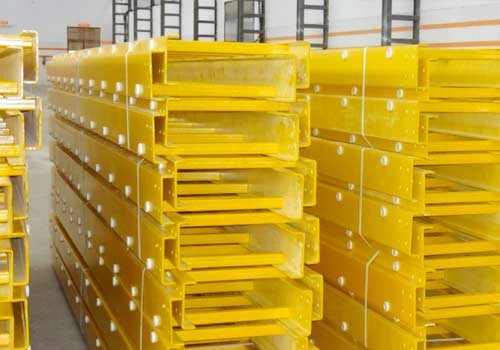

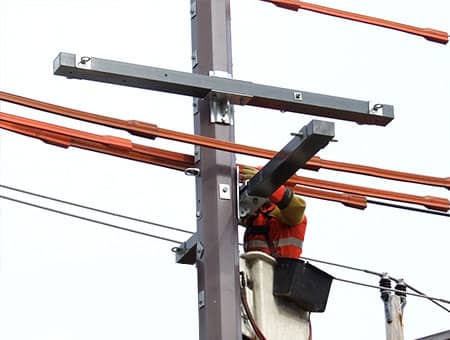
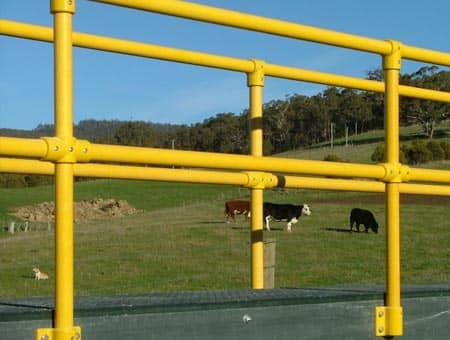


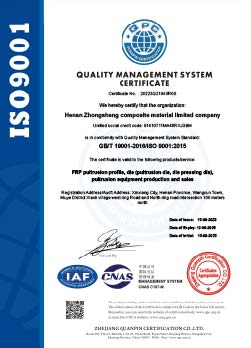

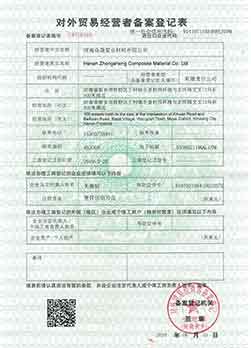
We are both manufacturer trading and company. We have our own factory and we have better service ofoverseas customers. Welcome to send your inquiry!
We can supply a few pieces FREE samples if we have some in stock, and you only need to pay the freight cost by yourself. Welcome to send your inquiry for FREE samples!
10-15days after receiving the deposit based on the MOQ. Normally, 30-35days to finish the order for a 20ft container. Welcome to ask for the detailed delivery time according to your order quantity!
Our whole production lines and products have been certificated by IS09001:2015, and it's been followed strictly. We also have the professional QC team, and each our package worker will be in charge of the final inspection according to the QC instruction before packing.
Basically, the payment terms areT/T,L/C at sight. Western Union, Paypal, Moneygram, Alipay Credit card are acceptableforsample order.
We accept all OEM orders,just contact us and give me your design,we will offer you a reasonable price ASAP.
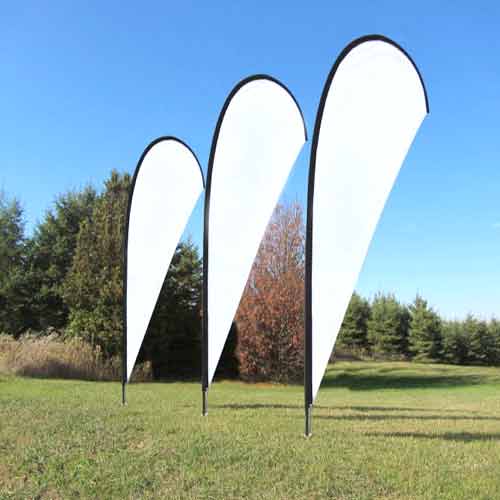
Flexible fiberglass rods for flags are a type of flagpole that is made of fiberglass, a strong and lightweight material. The rods are flexible, which means that they can bend without breaking, making them ideal for areas with high winds. They are also lig
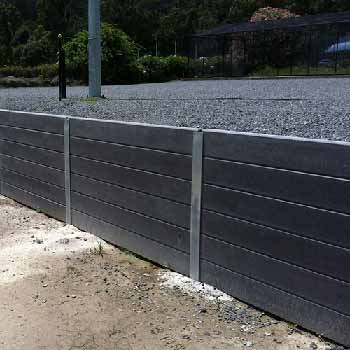
Composite retaining walls are a new type of retaining wall that combines the advantages of steel reinforced concrete (RC) and fiber reinforced polymer (FRP) materials. FRP materials have high strength, corrosion resistance, and light weight, which make th
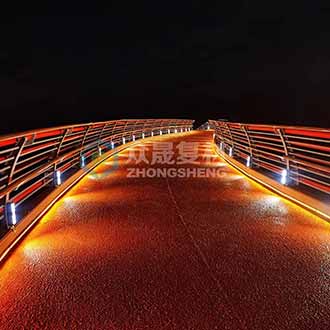
Characteristics of Fiberglass Round Pipe, Fiberglass round pipe is a material composed of glass fiber and resin, which has the following characteristics

Pedestrian bridges are structures that provide safe and convenient access for pedestrians, cyclists, equestrians, and other non-motorized users across various obstacles, such as roads, railways, rivers, or valleys. Pedestrian bridges can also enhance the
The quality of the product is very good, all performance tests have passed, and the service attitude of the docking staff is very good

ClydeEngineer, From india
Compared with our local products, the quality of this batch of profiles is quite good, it is worth recommending

DevinCEO, From Germany
The engineer has comprehensive professional knowledge, answered many questions, and put forward many useful suggestions, which made the plan more perfect

AaronCTO, From Mexico
Quote
Email: Jessica@frpzs.com
Phone
Phone+86-15303735673

WhatsApp
+86-15303735673

WeChat
+86-15303735673